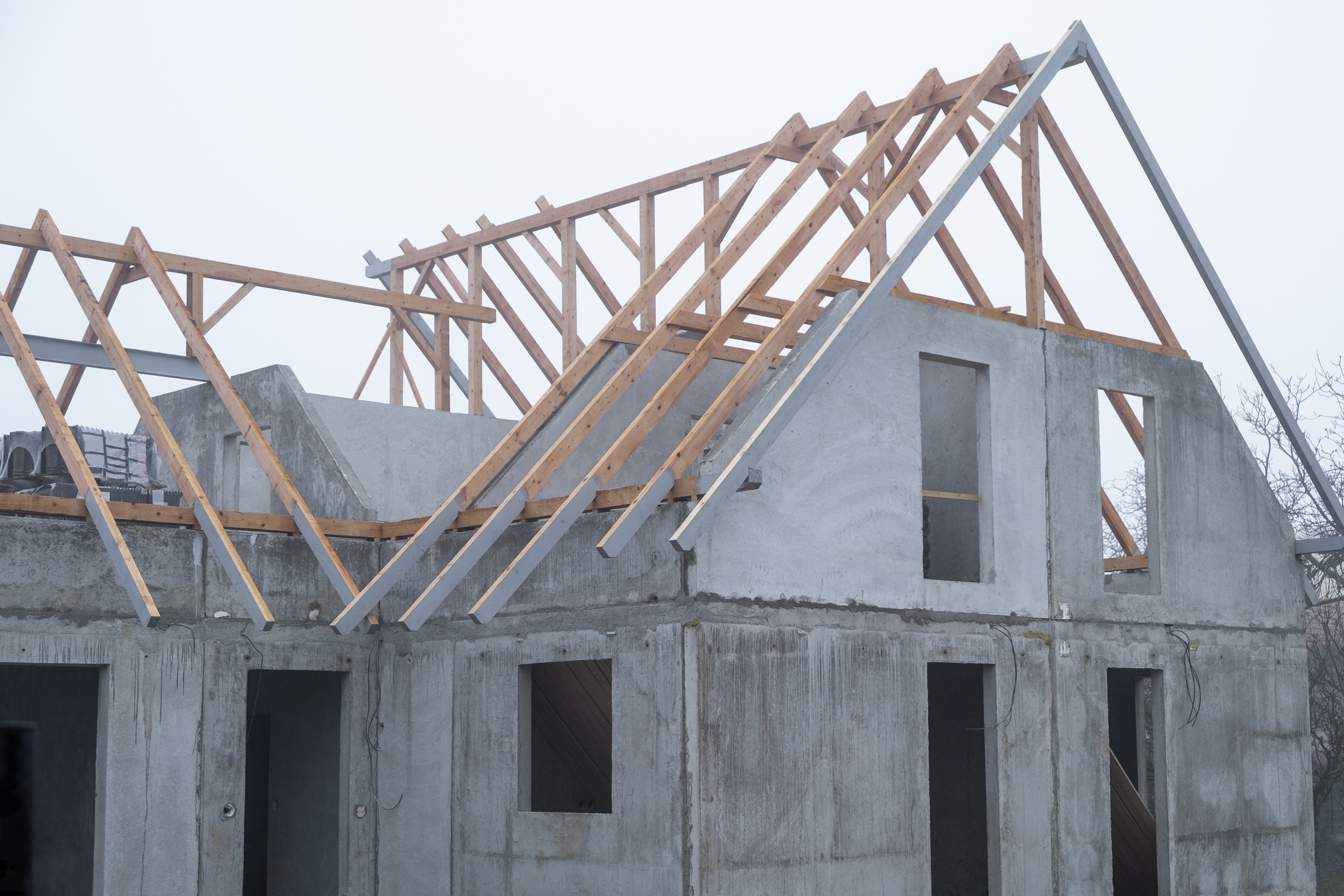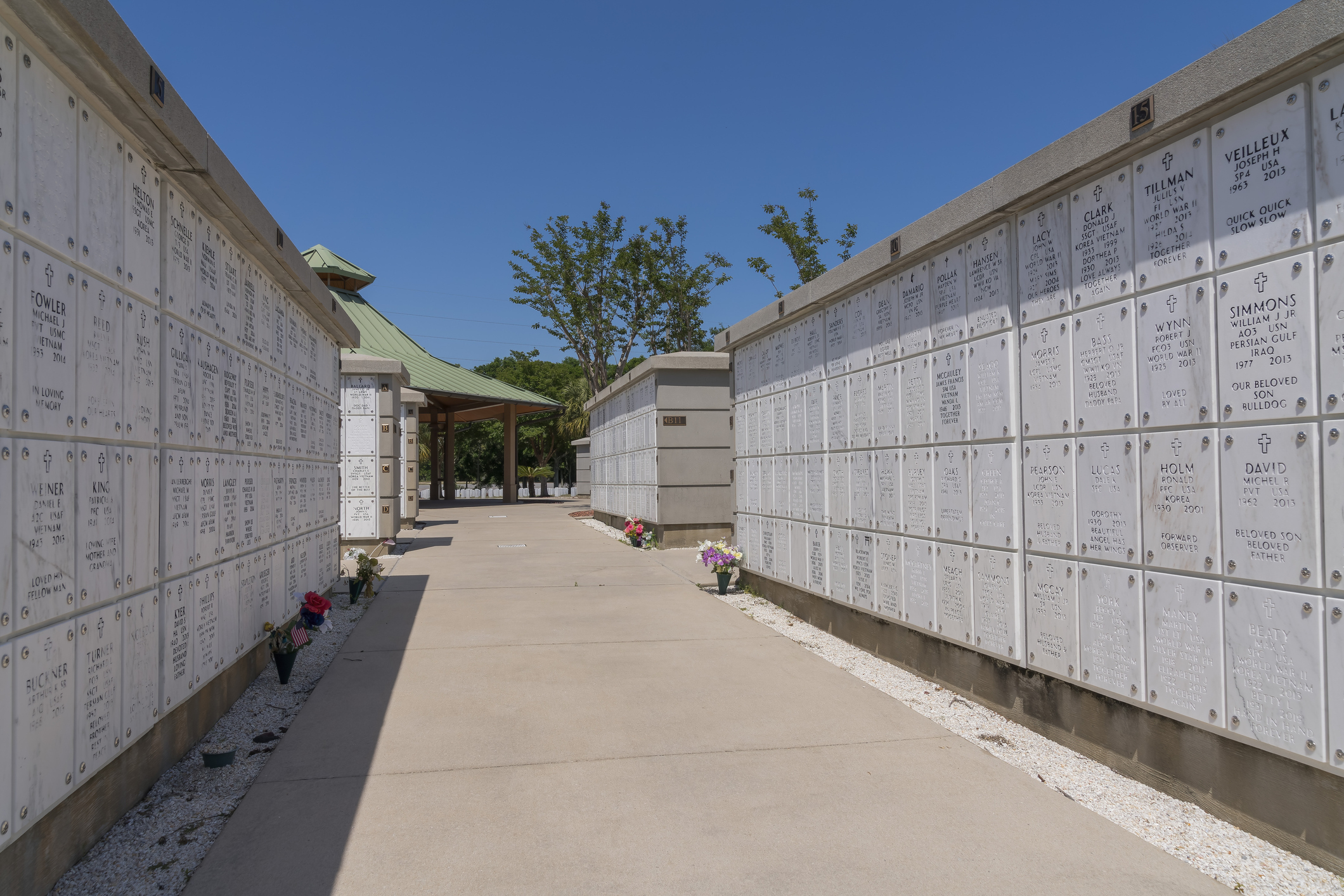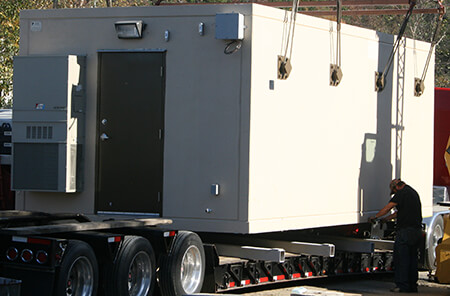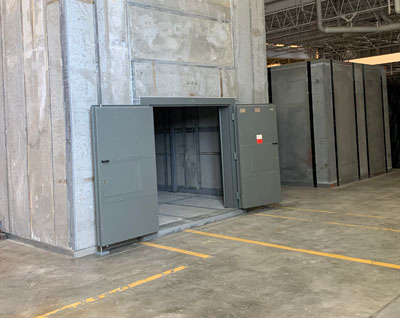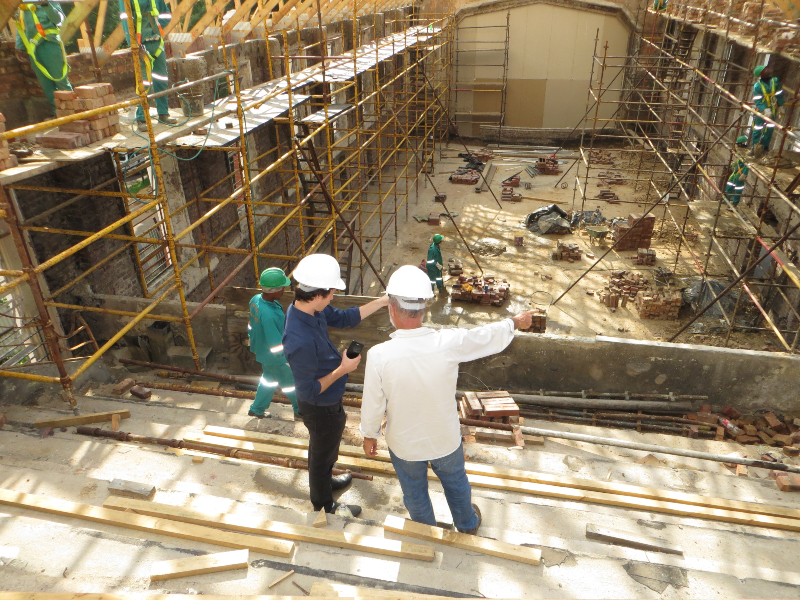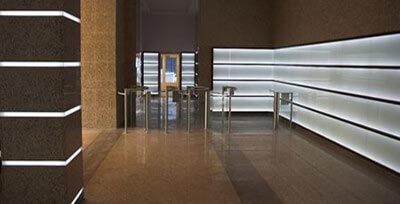Precast Reinforcement Tactics
Precast concrete elements are often reinforced to enhance their strength, durability, and resistance to various forces like tension, bending and shear. Here is an overview of how reinforcement is typically applied in precast concrete:
Types of Reinforcement
- Steel Reinforcement
- Rebar
- The most common form of reinforcement, steel bars (Rebar) is placed within the concrete formwork before casting. they provide tensile strength, which concrete lacks, thus preventing cracking under stress.
- Welded Wire Fabric (WWF)
- A grid of steel wires welded together, used for thinner precast elements or where uniform reinforcement is required.
- Rebar
- Prestressing
- Pre-Tensioning
- Steel tendons are tensioned before the concrete is poured. Once the concrete has gained sufficient strength, the tendons are released, transferring their stress to the concrete, which compresses it and increases its tensile strength.
- Post-Tensioning
- Tendons are placed within ducts in the concrete, which is then cast. After the concrete hardens, the tendons are tensioned and anchored against concrete, applying a compressive force.
- Pre-Tensioning
Benefits of Reinforcement
Increased Strength
Reinforcement allows precast concrete to handle forces it would not be able to manage alone, like bending or tension.
Durability
Properly reinforced precast concrete can have a longer lifespan due to reduced cracking and improved structural integrity.
Design Flexibility
Reinforcement enables the creation of thinner, longer, or more complex shapes that would not be feasible with unreinforced concrete.
Resistance to Environmental Factors
Reinforcement can help concrete structures resist environmental stresses such as seismic activity, wind loads, or thermal expansion and contraction.
Considerations
Corrosion Protection
Since steel can corrode, especially in harsh environments, protective measures like epoxy-coated rebar, galvanized steel, or concrete mix designs that minimize chloride ingress are used.
Design and Placement
The placement, size, and spacing of reinforcement are critical and must be designed according to structural engineering principles to ensure the precast element performs as intended.
Connections
In precast construction, how elements are connected (e.g., through embedded plates, couplers, or post-tensioning) is crucial for the overall structural integrity.
Fire Resistance
Concrete naturally provides good fire resistance, and reinforcement does not significantly detract from this, though in extreme temperatures, considerations must be made for the loss of strength in steel.
Innovations
Fiber Reinforcements
Incorporating fibers (Glass, synthetics, or steel) into the concrete mix can distribute micro-cracks and increase toughness, though this is more common in cast-in-place application than precast due to the nature of precast production.
Smart Reinforcements
With advancements, reinforcement might include sensors or smart materials that can monitor the health of the structure over time.
The reinforcement of precast concrete is a blend of art and science, requiring careful consideration of material properties, structural design, and construction techniques to product elements that are not only strong but also durable and aesthetically pleasing.
Contact Us Today
For more information on our products and services, give us a call today at 919-742-3132, or visit our Contact Us page. Let The Carolina Precast Company help you bring your vision to life with precision and excellence.
